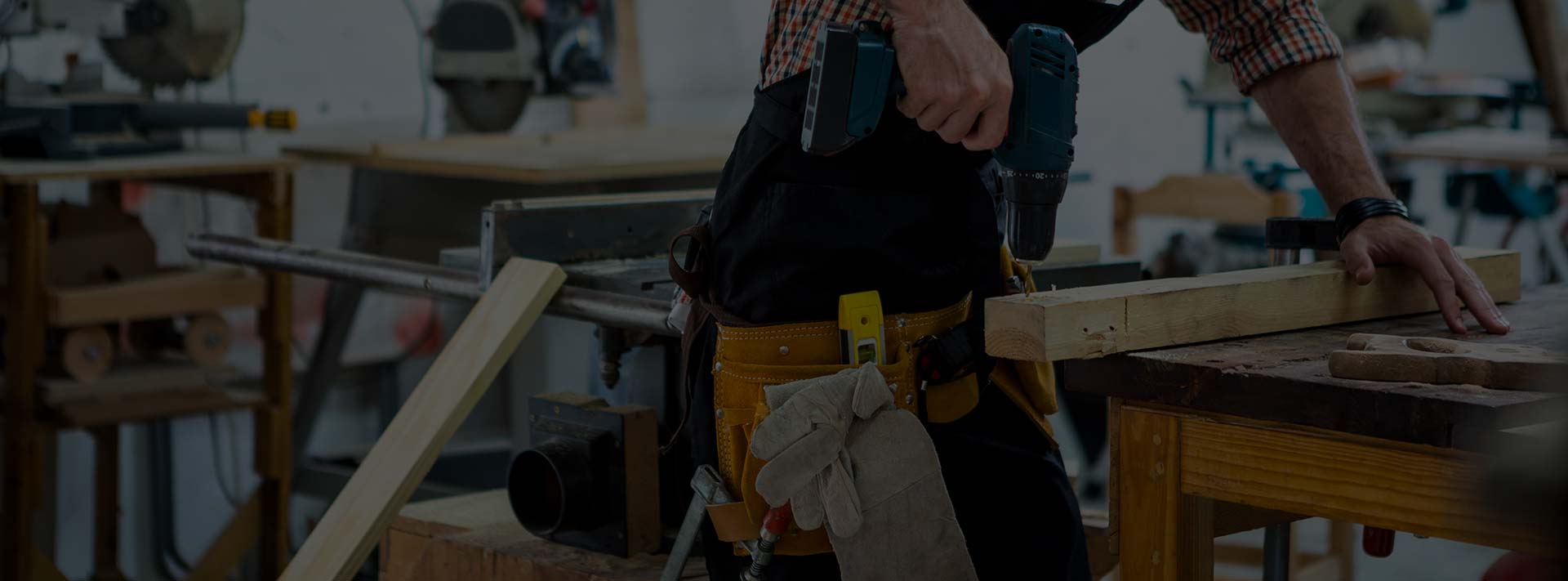07 Jan Butterfly Valve Seat Selection Guide
For the safety and efficiency of a variety of processes, we rely on the performance of butterfly valves. How sound a butterfly valve is depends on the integrity of the seal.
The valve must be able to withstand the particular working conditions of any given process. Such conditions involve elements that are corrosive, extremely hot, or high pressure. The seal must resist wear and tear with repetitive opening and closing.
The integrity of the seal depends on the butterfly valve seat. That’s why you must choose one that is appropriate for the conditions of the process. With this guide, you will learn which butterfly valve seat is suited for which process.
What is a Seat On a Valve?
Essentially, a valve seat is where the moving component of a valve rests when in the closed position. In butterfly valve applications, the disc rests securely on the seat to close and seal the valve. Seats are designed to keep the seal intact despite the thermal, friction, and impact stresses of a process.
Selecting a Valve Seat Type
We have different types of butterfly valves for various applications. The type of butterfly valve seal used depends on the application conditions: temperature, pressure, and type of media. For more information on what pressure and temperature a valve can tolerate, refer to the specs published by the manufacturer.
BUNA-N (B)
BUNA-N is another name for nitrile which is a synthetic rubber copolymer of acrylonitrile (ACN) and butadiene. Because of its abrasion resistance, tensile strength, and low compression set, this rubber is a widely used elastomer in the seal industry.
BUNA-N is highly resistant to hydraulic fluids, water, alcohols, acids, petroleum-based oils, fuels, silicone greases, etc. However, what makes it strong also makes it inflexible. BUNA temperature rating is 0°F to 180°F and is heat resistant up to 225°F.
This material is used in some automotive applications. However, BUNA-N is not suitable for applications that involve acetones, ketones, chlorinated hydrocarbons, nitro hydrocarbons, or ozone.
EPDM (E)
EPDM stands for Ethylene Propylene Diene Monomer and is alternatively called EPT, Nordel, or EPR. This elastomer stands up to abrasives such as acids and alkalines. It is also tear-resistant and stands up to weather elements and ozone.
EPDM is ideal for processes that involve water, alcohols, bleach, glycols, ketones, phosphate, esters, chlorine, and other alkaline solutions. EPDM temperature rating range is -30ºF to 225ºF.
EPDM is widely used in HVAC systems. However, EPDM is not suitable for applications that involve lines with compressed air containing petroleum-based oils, hydrocarbon solvents or oils, chlorinated hydrocarbons, turpentine, etc.
PTFE (P)
PTFE is an abbreviation of the term polytetrafluoroethylene and is commonly known as Teflon. This thermoplastic fluoropolymer has low friction, chemical resistance, and fire-resistant qualities. Teflon is used to create some resilient seated butterfly valves.
PTFE is a cost-effective material in applications such as chemical processing or oil and gas. Because of its insulation quality, it is compatible with electrical applications. However, it should not be used in high-pressure conditions. PTFE temperature rating ranges from -50°F to 400°F.
VITON (V)
VITON is a registered trademark name for a fluorocarbon elastomer made by Dupont. 3M’s version of this material is known as Flourel. This elastomer offers heat and chemical resistance.
VITON is resistant to mineral acids and hydrocarbon products that are either concentrated or diluted. VITON temperature rating ranges from -20°F to 300°F.
Fluorocarbon is used in applications that involve petroleum oils, chlorinated hydrocarbons, salt solutions, and mineral acids. Because of its heat tolerance and resistance to corrosion, VITON is used in the manufacture of valve seats such as a knife gate valve. However, this valve is not compatible with processes that involve water or steam.
What Type of Material Should I Use?
Some butterfly valve seat characteristics overlap with others. Below is a side-by-side comparison of these materials.
EDPM vs BUNA
EDPM is resistant to alkalis, acids, and ketones. EDPM is not suitable for applications that involve petroleum-based fuels, oil, and non-polar solvents, but BUNA is.
While both EDPM and BUNA are abrasion and tear-resistant, EDPM is more heat-resistant than BUNA. When comparing EDPM vs BUNA, EDPM is better for outdoor applications as it stands up to elements.
VITON VS BUNA
VITON and BUNA are both compression set resistant and endure most oils, lubricants, and petroleum-based material.
When comparing VITON vs BUNA, the main difference is temperature resistance. VITON maintains a seal with temperatures about 150° hotter than BUNA would. However, BUNA can maintain a seal in much colder temperatures than VITON.
VITON stands up better to outdoor elements than BUNA, but BUNA is considered to be better for heavy-duty industrial applications.
EPDM VS PTFE
EPDM is a monomer and PFTE (Teflon) is a fluoropolymer. When comparing EPDM vs PFTE, temperature tolerance and flexibility are the main differences. PTFE can withstand a wider range of temperatures of both cold and hot extremes.
EPDM is a tear-resistant rubber that endures repetitive motion, whereas PFTE is inelastic. PFTE is ideal for petroleum processes while EPDM is suited for HVAC applications.
Contact Butterfly Valves & Controls Today
Having various materials to choose from allows manufacturers to design and develop the best seat for each application.
Which type of butterfly valve seat is best for your process? Sometimes valves seem to be almost identical, but there are distinctions. For definitive butterfly control valve seat specs, consult the detailed documentation in our product catalog. If you need assistance in selecting a valve, contact us.


No Comments